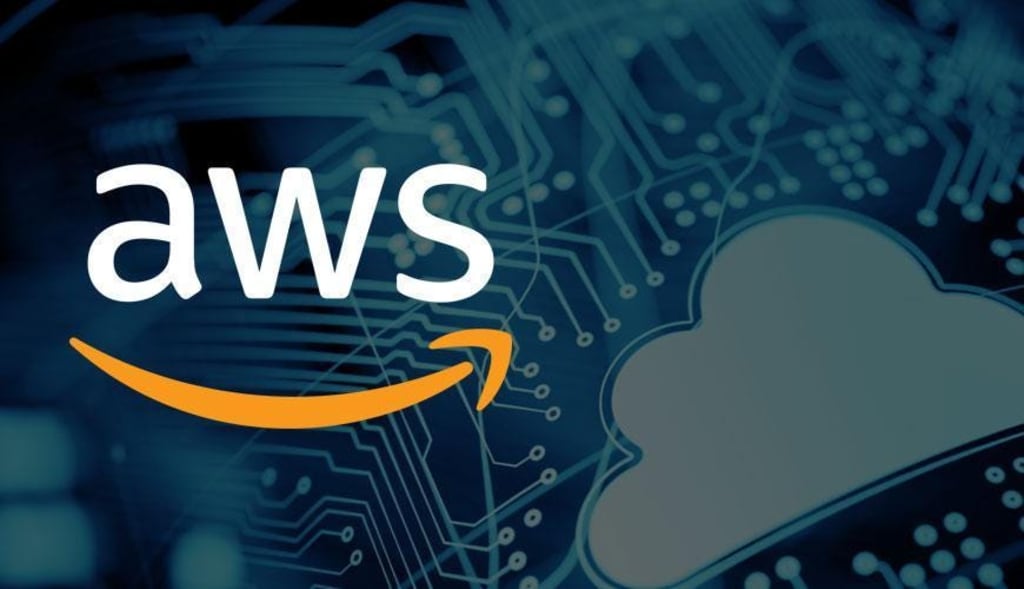Addressing Challenges in the Amazon Shared Responsibility Model
Navigate the complexities of the Amazon Shared Responsibility Model with expert insights. Learn how to address challenges effectively, ensuring optimal security and compliance for your AWS environment.

The cloud computing paradigm has revolutionized how organizations operate, enabling them to leverage scalable and cost-effective resources on demand. AWS, a pioneering cloud service provider, offers a comprehensive suite of cloud services through its Shared Responsibility Model. This model delineates the security responsibilities between AWS and its customers, ensuring a robust and secure cloud environment. However, as with any complex system, the Shared Responsibility Model presents several challenges that must be addressed to maximize its benefits and mitigate potential risks.
1. Understanding the Shared Responsibility Model
The first challenge lies in comprehending the intricacies of the AWS Shared Responsibility Model itself. AWS is responsible for securing the underlying cloud infrastructure, including the hardware, software, networking, and facilities that run the cloud services. Customers, on the other hand, are accountable for securing their data, applications, operating systems, network traffic, and the AWS services they leverage.
2. Maintaining Visibility and Control
In a cloud environment, customers often lack the same level of visibility and control they have over on-premises infrastructure. This challenge can hinder their ability to monitor and manage security aspects effectively. AWS provides various tools and services, such as AWS CloudTrail, AWS Config, and AWS Security Hub, to help customers gain visibility into their cloud resources and monitor activities. However, effectively utilizing these tools and integrating them with existing security monitoring and incident response processes can be challenging.
3. Compliance and Regulatory Requirements
Adherence to compliance and regulatory requirements is a critical aspect of cloud security. Different industries and regions have specific regulations and standards, such as GDPR, HIPAA, or PCI DSS. Ensuring compliance in a shared responsibility model can be challenging, as customers must understand their obligations and implement appropriate security controls.
4. Incident Response and Remediation
In the event of a security incident or breach, responding promptly and effectively is crucial to mitigate the impact and prevent further damage. However, in a shared responsibility model, incident response and remediation can be more complex due to the distributed nature of the cloud environment and the division of responsibilities.
5. Continuous Monitoring and Adaptation
The cloud computing landscape is constantly evolving, with new services, features, and security best practices emerging regularly. Customers must continuously monitor these changes and adapt their security strategies accordingly.
6. Skills and Expertise
Implementing effective security measures in a shared responsibility model requires specialized skills and expertise. Cloud security is a rapidly evolving field, and organizations often face challenges in attracting and retaining skilled professionals with the necessary knowledge and experience.
7. Cost Optimization and Resource Management
While the cloud offers cost-effective and scalable resources, managing and optimizing these resources can be challenging in a shared responsibility model. Customers must strike a balance between security requirements and cost considerations.
8. Foster a culture of security awareness and training
Invest in security awareness training and education for all employees, including technical and non-technical staff. Ensure that teams understand their roles and responsibilities in maintaining cloud security and stay updated with the latest security best practices and threats.
9. Develop incident response and disaster recovery plans
Establish comprehensive incident response and disaster recovery plans that integrate with AWS's incident response processes. Regularly test and update these plans to ensure their effectiveness and alignment with evolving security landscapes.
10. Engage with AWS security resources and communities
Leverage AWS security resources, such as documentation, whitepapers, and best practice guides. Participate in AWS security communities, forums, and events to stay informed about the latest developments, best practices, and emerging threats.
Conclusion
Addressing the challenges within the AWS Shared Responsibility Model, especially in the context of AWS integration services by Bacancy, is crucial for organizations to fully leverage the benefits of cloud computing while mitigating potential risks. Understanding the model's intricacies, maintaining visibility and control, adhering to compliance requirements, and effectively responding to incidents are foundational steps. Continuous monitoring and adaptation, coupled with fostering a culture of security awareness, are essential for staying ahead of evolving threats.
Organizations must invest in specialized skills and expertise, balancing security needs with cost optimization. Developing comprehensive incident response and disaster recovery plans and engaging with AWS security resources and communities further enhances an organization’s security posture. By addressing these challenges proactively, businesses can create a robust, secure, and compliant cloud environment that maximizes the advantages of AWS services and integration solutions provided by Bacancy.
About the Creator
Bacancy
A Leader in Agile and Lean Software Development
Enjoyed the story? Support the Creator.
Subscribe for free to receive all their stories in your feed. You could also pledge your support or give them a one-off tip, letting them know you appreciate their work.






Comments
There are no comments for this story
Be the first to respond and start the conversation.